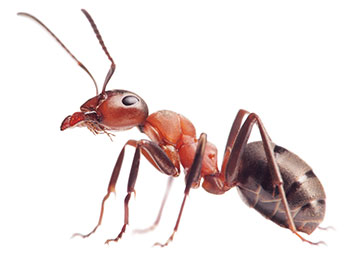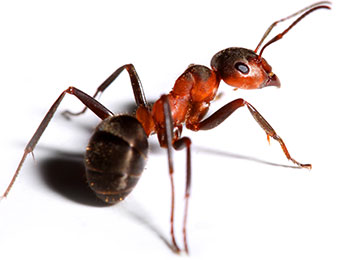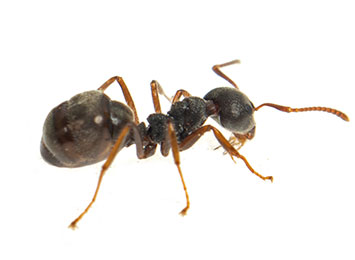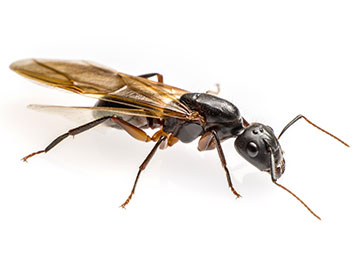There are over 12,000 described species of ants, but while there are several thousand species, their anatomies do consist of the same general characteristics.
Size: Ants range between 3/100 of an inch and 2 inches in length and have bodies that consist of three sections: the head, thorax, and abdomen.
Color: Most ants are black or red.






